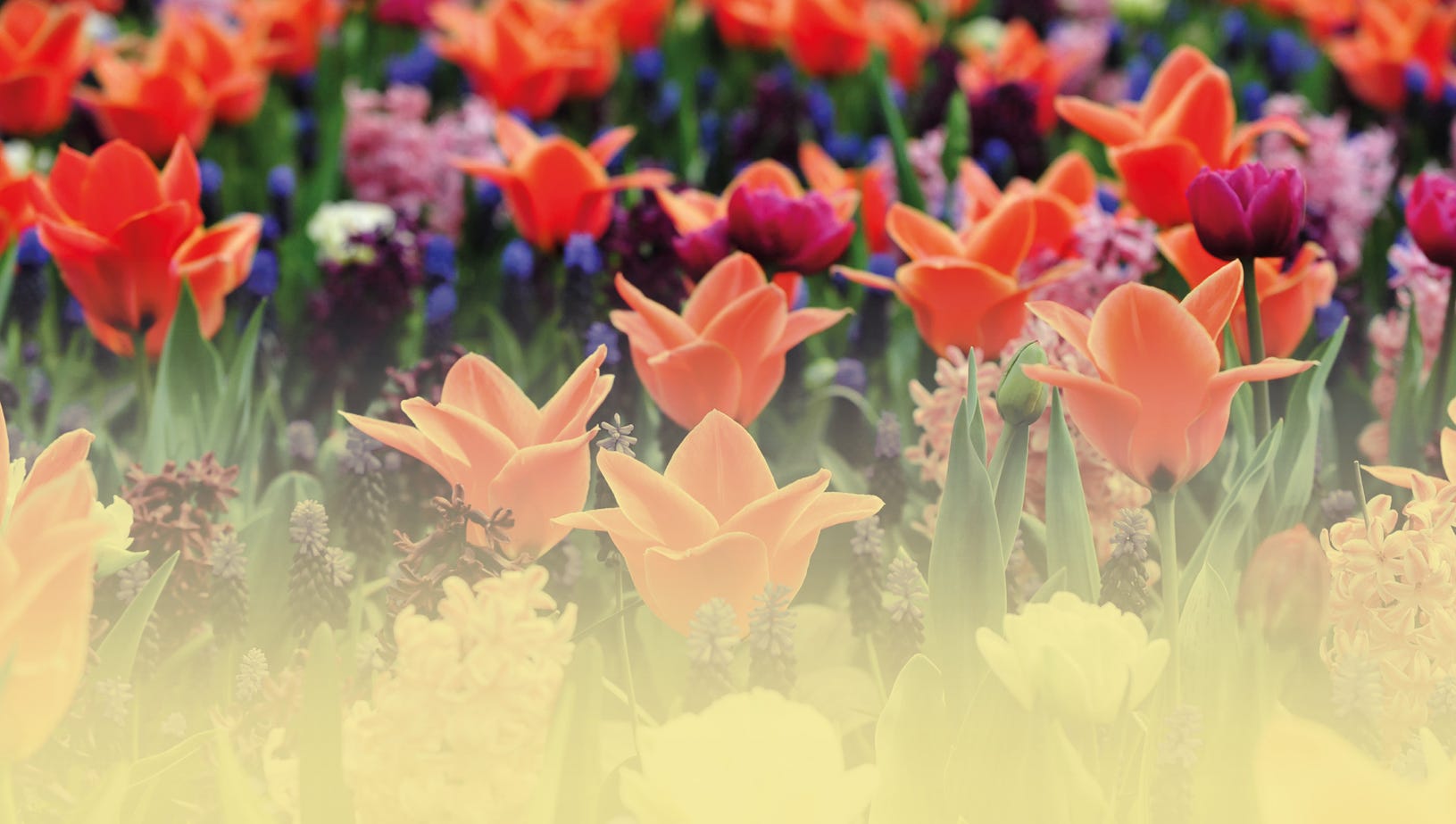With more people looking for ways to adopt sustainable lifestyle changes, a trend is emerging where more people are beginning to grow their own food at home. At PartyLite we’re passionate about sustainability, so with that in mind, here’s our guide to our favourite summer seasonal fruit and veg. And the best part? You can grow all of them indoors.
We’ve picked out plenty of food varieties that you can try for yourself. Many of these plants produce their own scent and become a stylish piece of décor, which makes them a perfect addition to your home. See the full list below.
Fruit
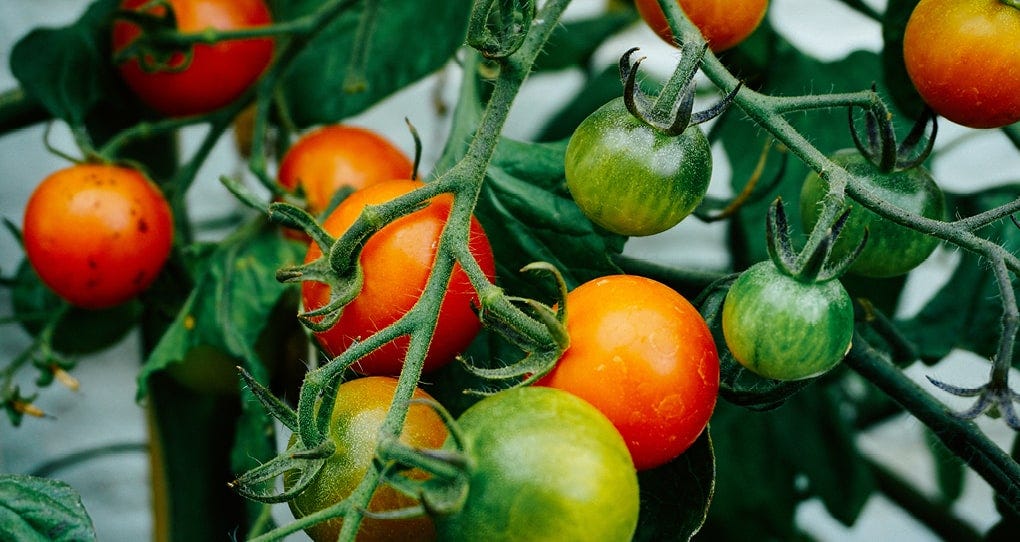
Passion Fruit - Up to 19 months to harvest from germination. The passion flower requires a lot of TLC to ensure it bears a fruit, it’s certainly not for everyone and we don’t recommend you try and grow this fruit if you’re a beginner to plants.
You can pot the seeds in a small 12x12cm pot as long as it has a trellis for the plant to grow up. Place the plant in an area that gets plenty of sunlight and even if you’re unable to get fruit from it, you’ll be guaranteed beautiful flowers throughout the summer.
Avocado - Two to three years to produce fruit. To grow an avocado tree from leftovers, simply take the seed from an existing fruit, wash it, pin it with toothpicks and place it in a glass of water. If left in the sun the seed will produce roots, once they fill the glass it's time to plant!
Plant your seed into a fast draining mix and prune your tree regularly. It will get big, so ensure you have a stake in your pot to keep its weight even. Once again this is a difficult plant to guarantee fruit from a seed, so you can cheat a little and buy a young sapling. Although it will still take lots of TLC and up to three years to bear fruit, so prepare to be patient.
Tomatoes - 2-3 months from germination to harvest. It’s important to choose the right variety of tomato depending on your space indoors. Indeterminate tomatoes are climbers so will need space to grow, plus a trellis, cage or stake. Dwarf determinate tomatoes tend to be smaller and grow as bushes, they also bear fruit quicker than the climbing varieties.
Tomatoes need an equal amount of light and darkness when they’re growing, that can be replicated by artificial lights if needed. If you want your plant to consistently bear fruit, always remember to pick your tomatoes before they’re ripe in order to encourage more to grow throughout the season.
Lemon Tree - 1-4 years to bear fruit. Depending how much work you want to put in and how much patience you have in terms of waiting for your tree to bear fruit, we recommend buying a 2-3 year old lemon tree to plant at home. Some varieties can grow up to 1.5 metres tall so ensure you have plenty of room for it. The best varieties for indoor growing are the Lisbon, meyer and dwarf Ponderosa.
Your tree will need plenty of humidity and light to thrive, make sure you keep them at a consistent temperature as they don’t tolerate hot or cold draughts. When they begin to bear fruit, shake the tree slightly to mimic insect pollination and help it grow more lemons.
Olives - Up to 3 years to bear fruit. Add a bit of Tuscan style to your home with an olive tree. Once again, we recommend buying a more mature plant if you want to ensure you get to see fruit quickly. The Arbequina or Picholine variety are the best for growing indoors.
Plant your tree in a cactus mix soil and place it in a super-sunny spot to help it grow. These trees thrive in drier conditions so don’t require much watering. Your olive tree will need to be pruned regularly so they don’t completely take over your space as they can grow up to six feet tall. Place your tree outside in the summer months to give it the best chance of bearing fruit.
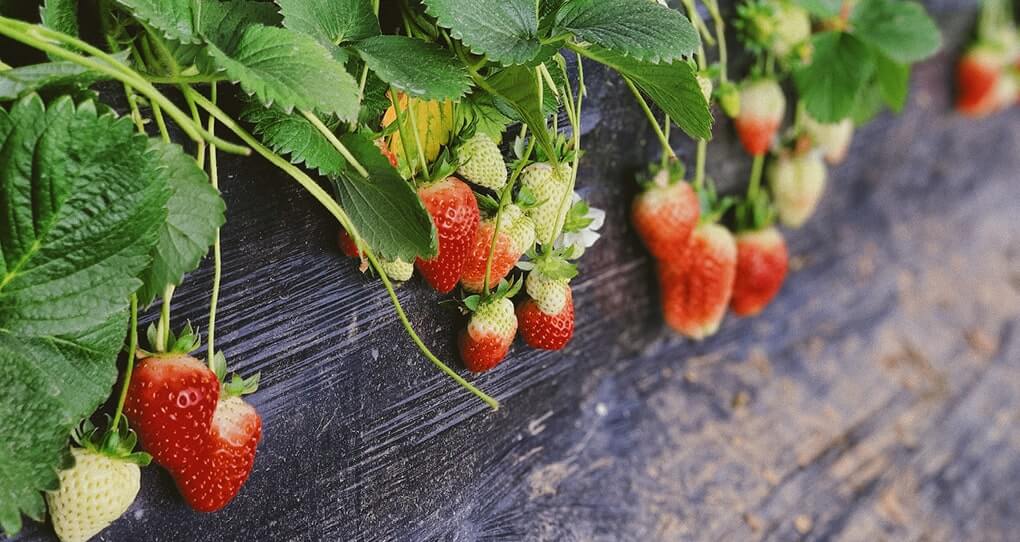
Strawberries - 2-3 months to harvest from germination. If you’re growing your strawberries from seed, freeze them for two to four weeks to help the germination move forward quicker. While you do this, find a spot in your home that gets at least six hours of sun a day and is also big enough to let the plant grow into. You can even hang the pot in the window to allow your strawberries to drop down.
They need to be checked daily to make sure they are in good health, always bear in mind that strawberries like water, but not too much. As soon as your fruits are ripe you should pick them to ensure that your plant keeps producing them during your harvest months. The two best varieties for houseplants are June bearing strawberries and ever-bearing strawberries.
Okra - 3-5 months from germination to harvest. Growing okra indoors is the best way to protect them from pests. Before sowing the seeds, soak them in warm water before planting them in a large container. They grow best in a spot that gets plenty of sunlight during the day.
If possible, try and keep your okra covered in a polythene tunnel while you grow it as it is susceptible to pests. Always remember not to use outdoor soil when planting as it will contain insects that will kill the okra.
Chilli Peppers - 2-3 months from germination to harvest. It’s vital that you plant your chillies as early as possible to ensure they get as much heat and sunlight to achieve their full growth. This is because they require similar conditions to outdoor growing to thrive, although they won’t get as big.
Ensure you’re moving the plant into bigger pots as it begins to grow as the root needs lots of soil to maintain its health. When the plant is around 30cm tall, pinch out the shoot tips to encourage more branches to grow and you’ll find you’ll get lots more fruit from it. The ideal seeds for indoor chillies are pequins, chiltepins, habaneros and Thai peppers.
Vegetables
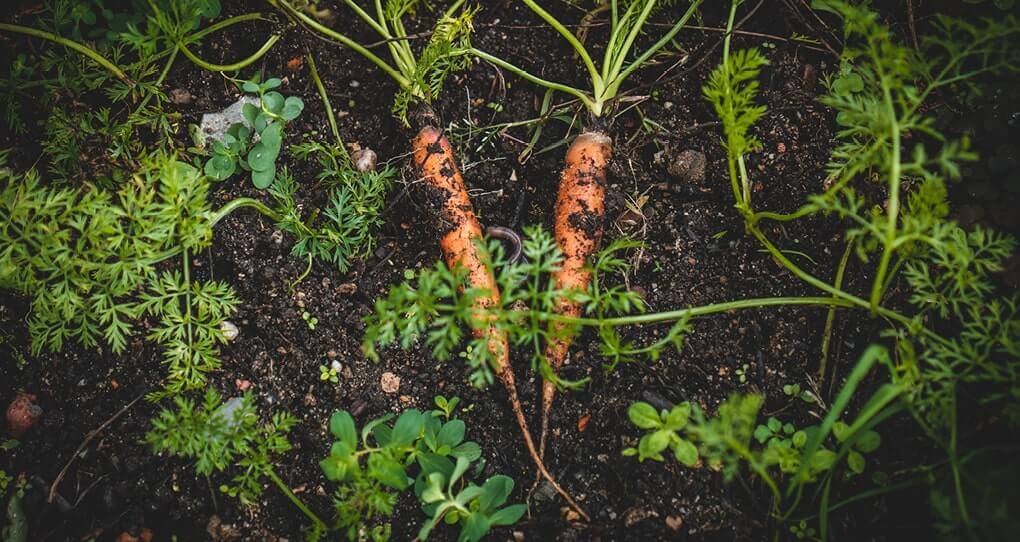
Carrots - 2-3 months to harvest from germination. It’s actually easier to grow carrots indoors than it is outdoors in some circumstances. If space is a hard commodity to come by, then choose the Royal Chantenay or Chantenay Red Cored variety as they only need around 8 inches of soil to grow.
When the seeds are germinating they are quite fussy so keep them in the light wherever possible. Once the carrots start to sprout their green shoots, you can even have a fan blowing very gently on them for a couple of hours a day to mimic the wind. This means they’re more likely to strengthen as they grow. On day 40, plant new seeds around your crop to ensure a consistent harvest.
Cucumber - 2-3 months from germination to harvest. It’s a misconception that cucumbers are difficult to grow indoors, especially if you pick the perfect indoor cucumber: Cornichons de Paris. These mini greens are ideal for pickling and make for a delicious summer snack or salad addition.
If you’re growing these plants from seed, you can sow them on a hot, well-lit windowsill. The seeds tend to take up to 10 days to germinate and need a lot of attention in that initial period.
Potatoes - Up to 3 months to harvest from germination. All you need to grow potatoes at home is one you’ve already bought. Encourage your potato to sprout by placing it on a well lit window for a couple of days before potting it in a large container that gets plenty of light.
As soon as you see sprouts coming through the soil, add an extra top layer and a little water to encourage growth. You can harvest your home-grown potatoes as soon as you see they have turned yellow.
Salads
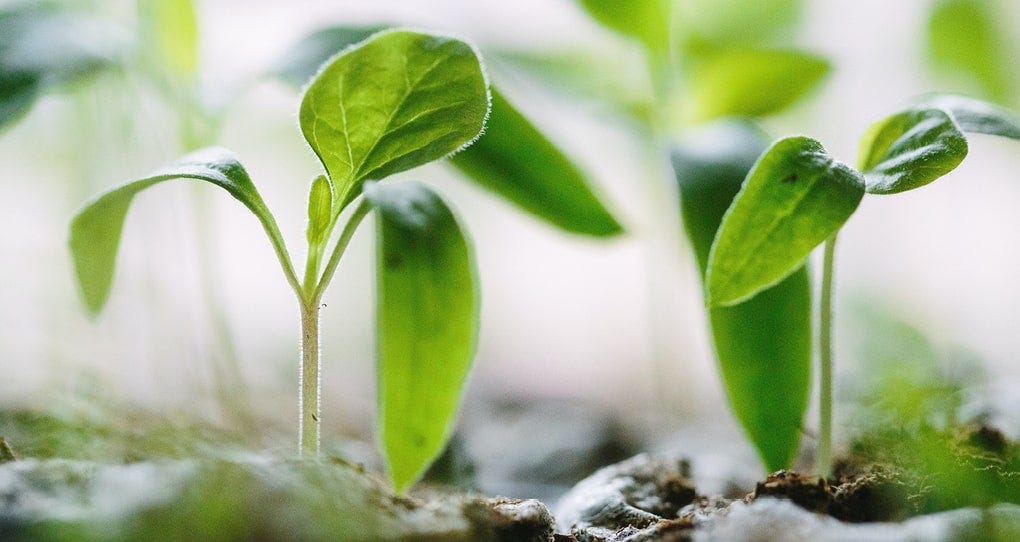
Lettuce - 3-4 weeks from germination to harvest. When choosing a spot to plant your lettuce seeds indoors, determine which area of your home gets a minimum of 12 hours of sunlight a day. Sow the seeds in a super shallow pot with very good drainage. Once germinated your lettuce leaves will turn yellow if they’re in the dark for too long, this extra attention will mean they don’t become bitter when you go to harvest them.
With the right conditions you can start to harvest your baby leaves for salads within the first 3-4 weeks. Once you’ve harvested your crop, just replant the seed and repeat the process!
Spring Onions - Can be regrown in a week from existing onions. Similarly to potatoes, simple plant leftover spring onion bulbs in shallow potted soil or even in a glass of water to create an endless supply of greens. This is a very easy vegetable to get right.
If you’ve planted your bulbs in soil, constant watering will give you green shoots very quickly. For a constant supply simply cut the green shoot halfway down, or pick the leaves from the outside and leave the inside leaf to grow. If you’re growing the bulbs in water, all you need to do is change the water every 2-3 days for you to get the same end result with a constant supply!
Microgreens - 10-12 days to harvest from germination. Microgreens are tiny, immature versions of green vegetables and leaves that we eat on a regular basis. Greens like kale, cabbage, chard and spinach are some popular examples. When planting your favourite microgreens, you can pack these seeds as tightly into the soil as you like as you’ll be harvesting them very quickly.
They'll need 4-6 hours of sun a day and within the first 10 days you’ll see your results. You’ll tend to get at least a week's worth of food from each pot. As soon as you see the green popping up through the soil you can begin to harvest your plants and use them in salads, sandwiches and stir fries!
Discover more of our latest collection here, read our sustainability commitment here.











